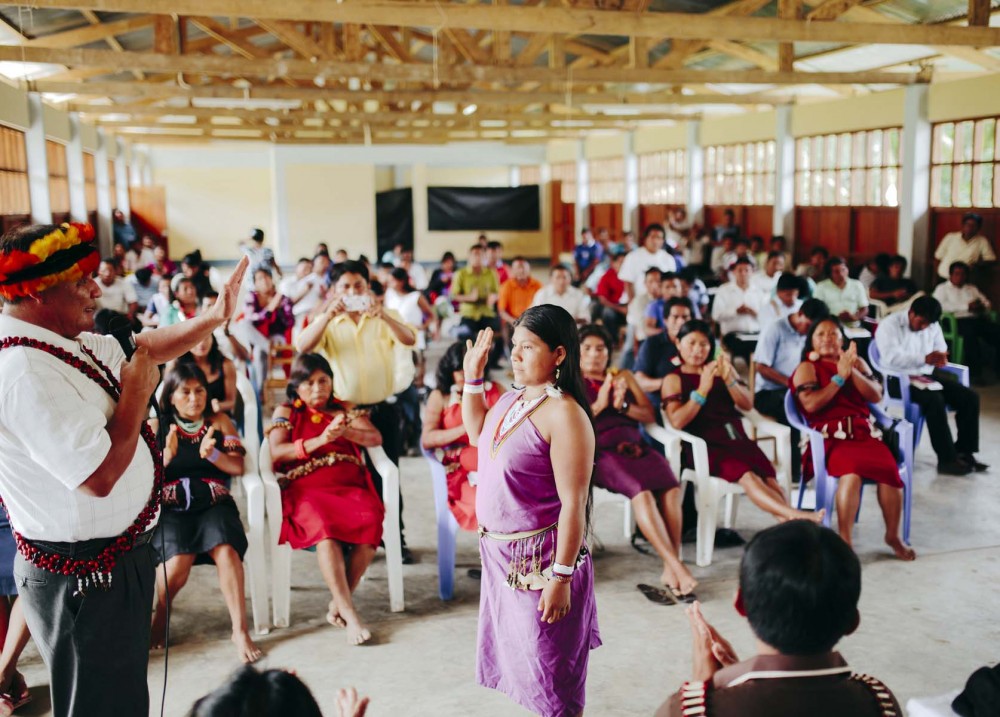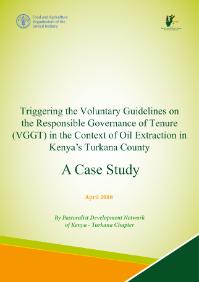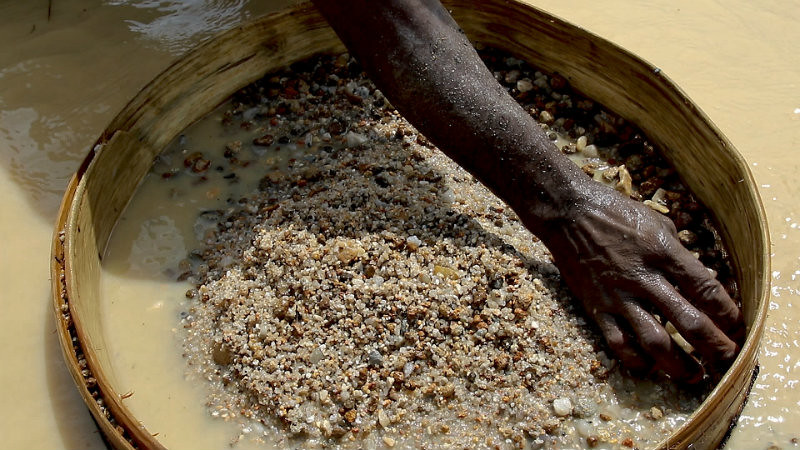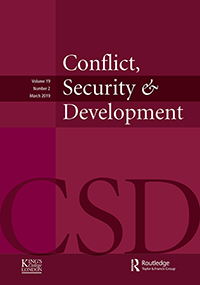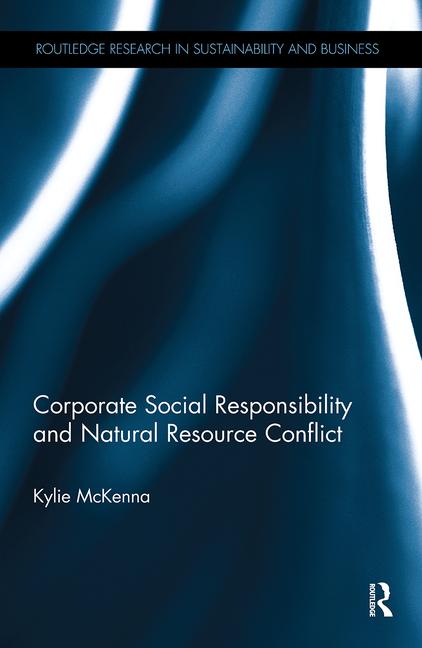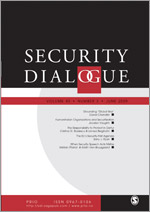Autonomía de la Nación Wampís: Tarimat Pujut y la construcción del futuro común
El Gobierno Territorial Autónomo de la Nación Wampis (GTANW) ejerce su autonomía de hecho, sin expreso dictamen de la normativa interna sino basándose en el Convenio 169 de la OIT. De esta forma ejercen el control de su territorio, la cual una parte está titulada y la otra no; las áreas no tituladas son de uso y ocupación ancestral y que han sido aprovechadas y cuidadas por los Wampis.

